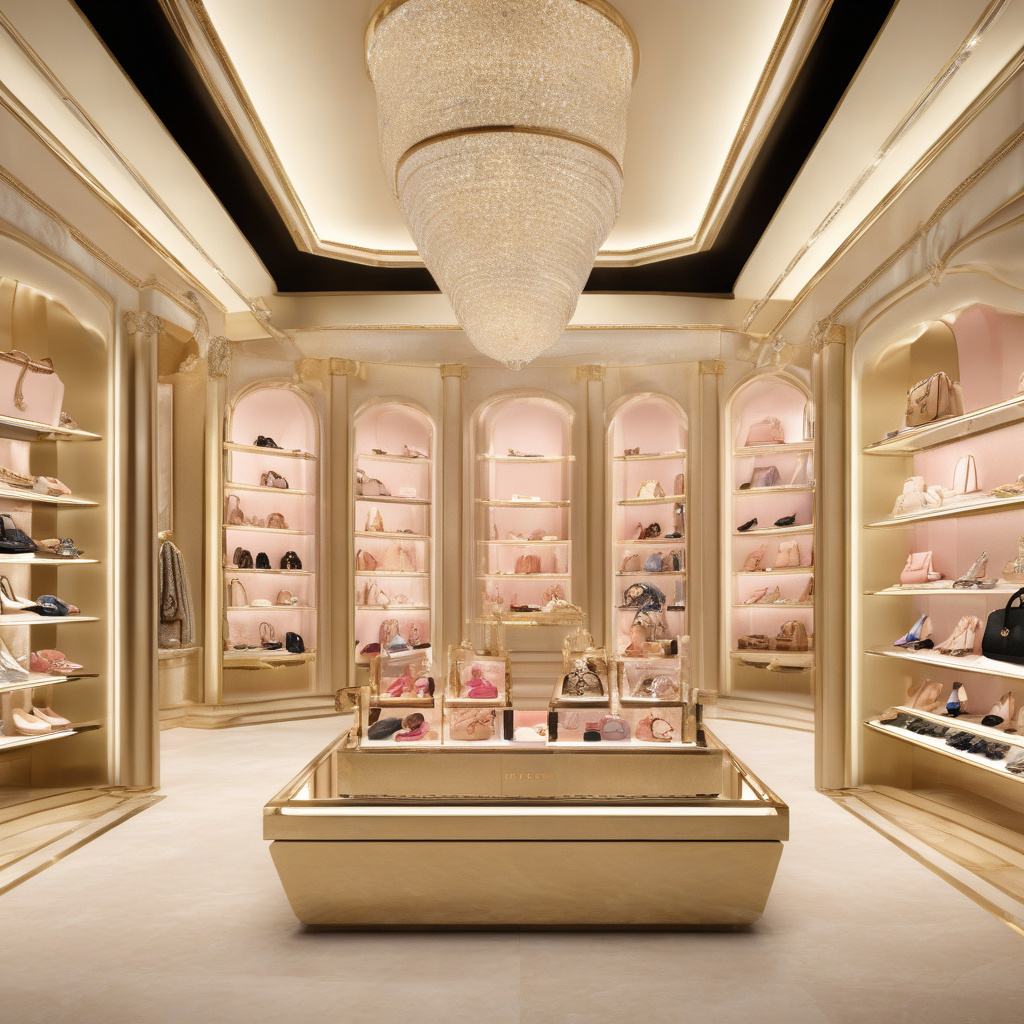Are Luxury Megabrands Broken?
Luxury megabrands like LVMH, Kering, and Chanel have long been the epitome of sophistication, exclusivity, and success in the fashion world. However, recent simultaneous crises within these giants have raised concerns about the sustainability of the luxury megabrand model. From shifting consumer preferences to global economic challenges, these industry leaders are facing a perfect storm of obstacles that threaten their traditional dominance.
The ongoing global health crisis has significantly impacted the luxury sector, with reduced foot traffic in physical stores and a shift towards online shopping. This change in consumer behavior has forced luxury megabrands to adapt quickly to a new digital landscape, where e-commerce and social media play a crucial role in reaching customers. Brands that fail to embrace this digital transformation risk being left behind in an increasingly competitive market.
Moreover, the rise of sustainability and ethical consumerism has put pressure on luxury megabrands to reevaluate their production processes and sourcing methods. With heightened awareness of environmental issues among consumers, brands are now expected to demonstrate a commitment to sustainability and social responsibility. Failure to address these concerns could result in a loss of credibility and trust among environmentally conscious customers.
In addition to external challenges, luxury megabrands are also facing internal issues that threaten their long-term success. The departure of key creative directors, internal power struggles, and lack of innovation have raised questions about the ability of these brands to stay relevant in a rapidly changing industry. Without a clear vision and strong leadership, even the most established luxury megabrands can struggle to maintain their competitive edge.
Despite these challenges, there is reason to believe that the luxury megabrand model is not irreparably broken. Many of the headwinds currently facing LVMH, Kering, and Chanel may reverse in the coming years, providing an opportunity for these brands to reinvent themselves and regain their former glory. By investing in digital technologies, embracing sustainability, and fostering creativity and innovation, luxury megabrands can overcome their current struggles and emerge stronger than ever.
Ultimately, the future of luxury megabrands will depend on their ability to adapt to a rapidly changing market landscape and meet the evolving needs of consumers. By staying true to their heritage while embracing change, these iconic brands can continue to set the standard for luxury and innovation in the fashion industry.
#Luxury, #Megabrands, #Fashion, #Innovation, #Success












